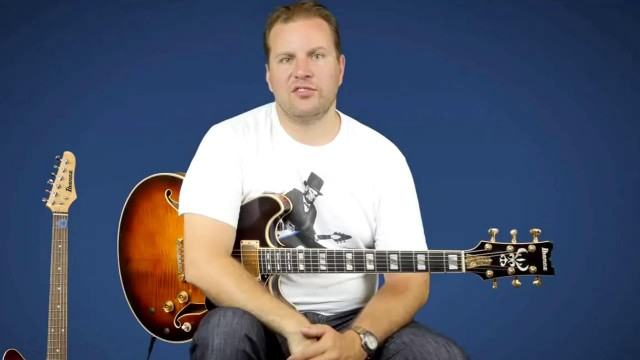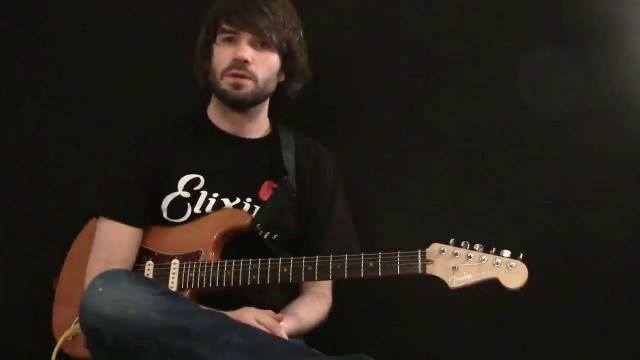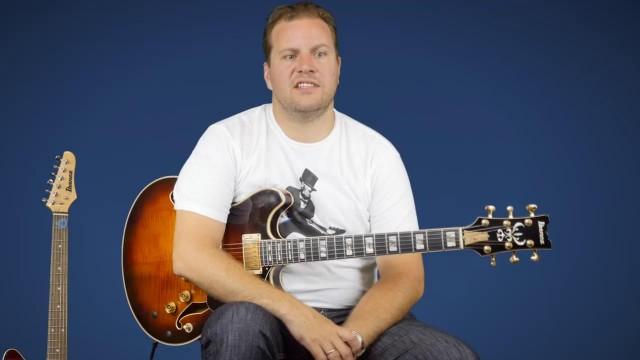 Hi guys! Welcome to this tutorial - a lesson all about developing your internal metronome and time feel.
Hi guys! Welcome to this tutorial - a lesson all about developing your internal metronome and time feel.
Time in music is without a doubt the most important aspect of your playing. This has been demonstrated most graphically in my mind by guitarist Scott Henderson. He presents the idea that a tune can be understood and recognised without any need to play the correct notes, only the correct rhythm. Try playing a well known nursery rhyme or childrens tune to a friend and play completely the wrong notes but the correct rhythm and you'll usually find they recognise the tune on the first hearing. I've demonstrated this in the video for you with some very famous melodies. This is a similar idea to the notion that we can recognise words when only the first and last letter are correct but the middle of the word is jumbled up. The rhythm is the LEAST amount of information we need to recognise a musical idea.
This goes a long way to demonstrate how important rhythm is in music and is an idea we've come across before with outside playing where we relyed on rhythmic phrasing to FORCE an idea to fit even when it bears little relation to the source material.
Today we're going to look at developing your time feel and rhythmic awareness by developing what I call your Internal Metronome. This is a direct representation of how you percieve time in terms of beats and bars internally. We'll be using a metronome of some description here to fill in only certain beats. Your internal metronome must fill in the gaps as accurately as possible in order to stay 'locked' to the pulse of the physical metronome in front of you. The larger the gaps between the physical metronome's beats the harder it is for your internal metronome to compensate and the harder it must work to percieve the time inbetween each beat.
If you don't own a metronome have a search on google for an online metronome and a multitude of options will appear.
By practicing in this way you will develop a fantastic sense of internal time and an awesome base from which to build your rhythmic vocabulary. The exercises are primarily aimed at Jazz and Fusion players but you could use this concept in any style - simply alter the chords to suit or use a lead guitar phrase etc. It's very customisable in this respect.
Before we move onto the exercises though, we need to check that you're comfortable playing both on and off the beat whilst feeling the tempo with your internal metronome. Move onto the next exercise and we'll check out your strengths on this fundamental aspect of music.
Good luck!
Tom



































